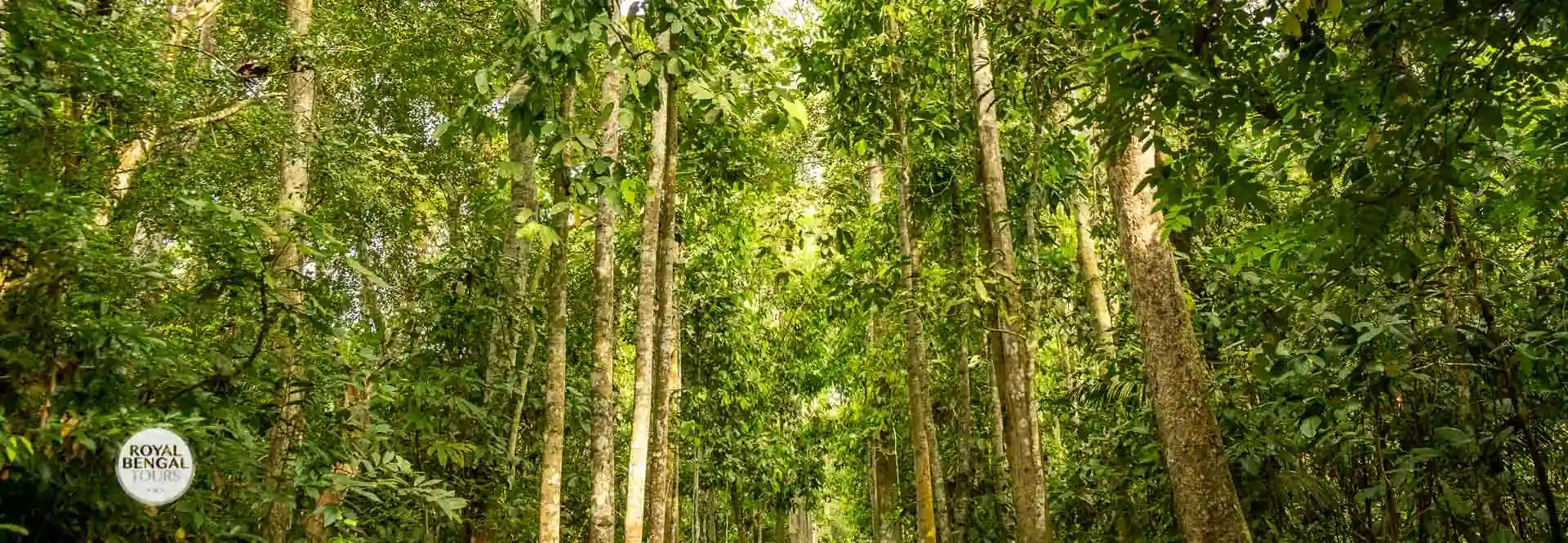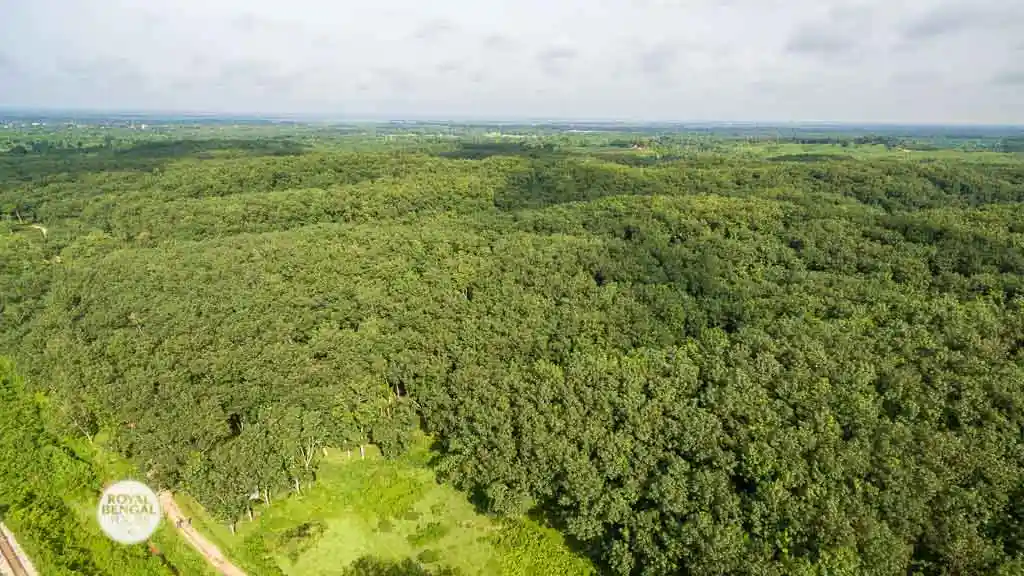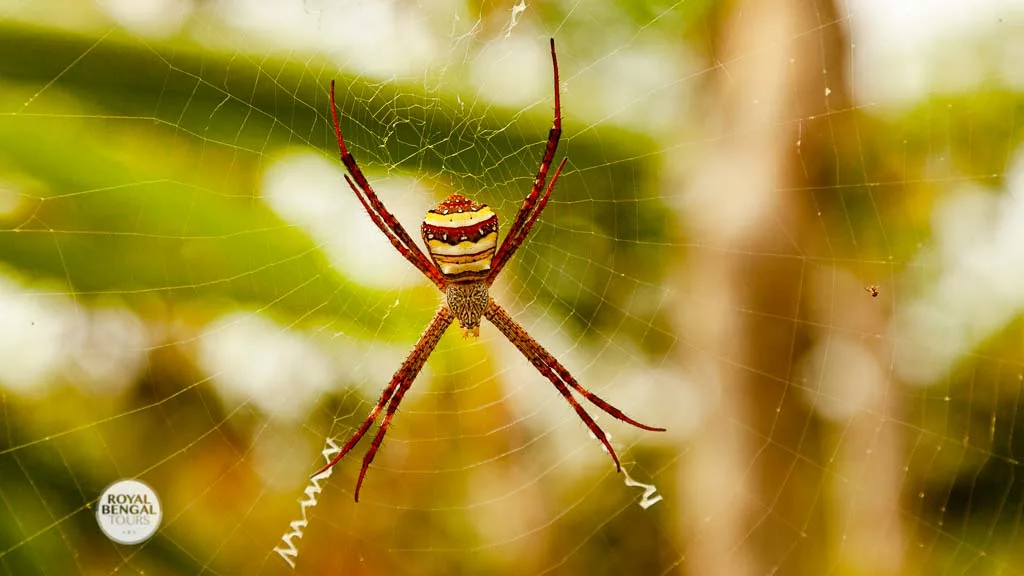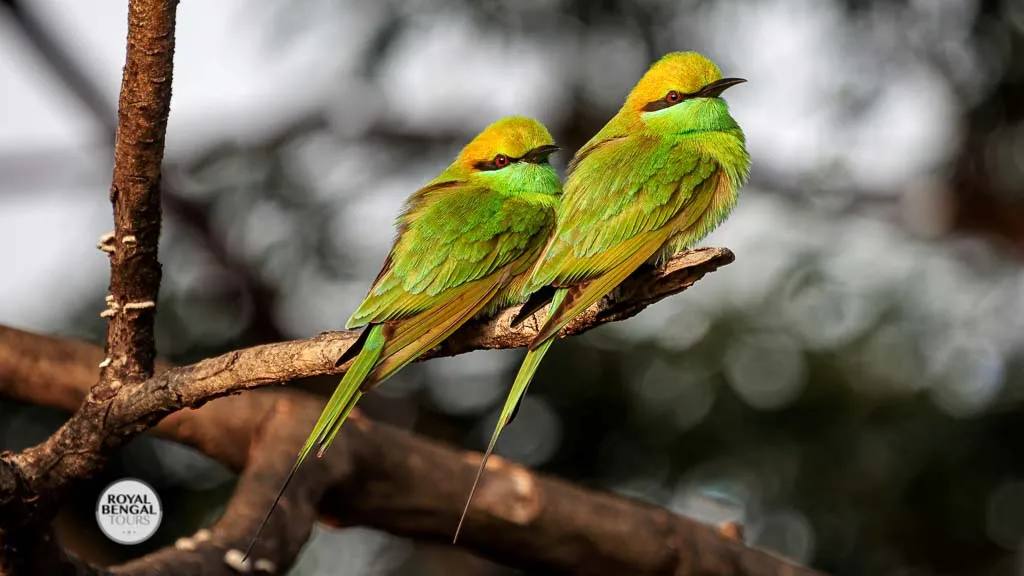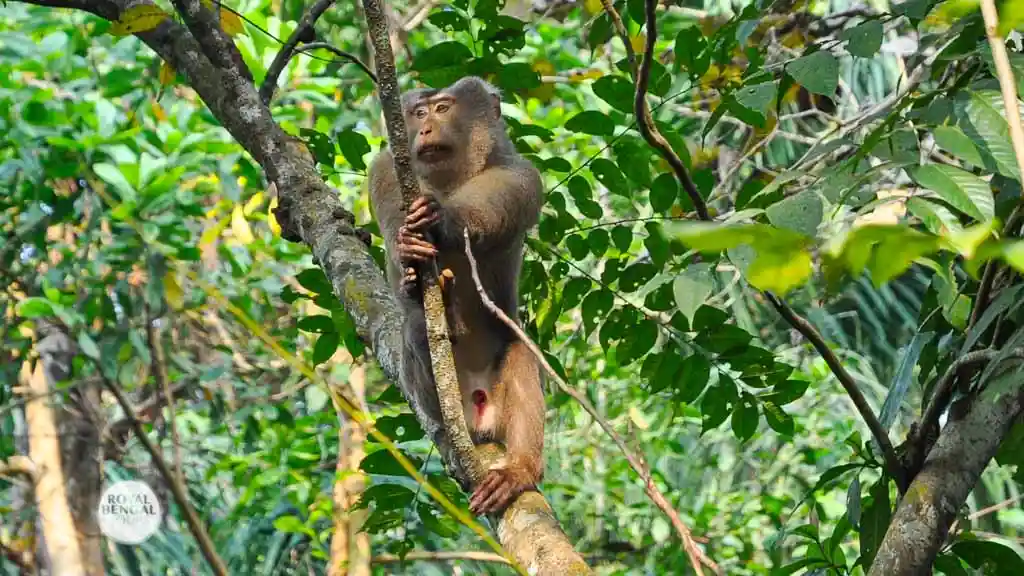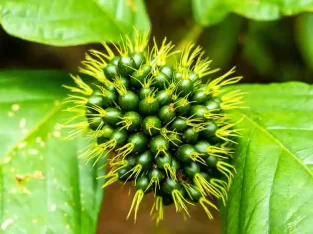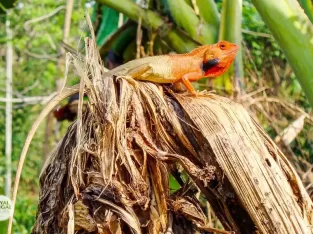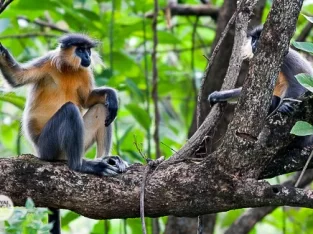Lawachara National Park is a biodiversity hotspot, with more than 460 species of plants, 167 species of birds, 39 species of mammals, 34 species of reptiles, and 15 species of amphibians recorded in the park. Some of the rare and endangered animals that can be found in Lawachara National Park include the hoolock gibbon, the capped langur, the Phayre’s leaf monkey, the slow loris, the Asian elephant, the clouded leopard, the sun bear, the barking deer, and the binturong. The park also hosts several migratory birds during the winter, such as the oriental pied hornbill, the grey-headed fish eagle, and the crested serpent eagle. The park also has several streams and waterfalls that add to its scenic beauty.
Lawachara National Park is a popular destination for nature lovers who want to experience tropical rainforests, wildlife, birdwatching, wildlife photography, and adventures. The park area offers various activities and attractions for visitors, such as hiking trails, watchtowers, picnic spots, camping sites, boating facilities, tea estates, and the lives and cultures of tea workers. The best time to visit Lawachara National Park is from November to March when the weather is pleasant and dry.
Lawachara National Park is not only a wildlife sanctuary but also a cultural heritage site and a place for conservation and education. With the assistance of numerous regional and international organizations, Bangladesh’s Forest Department is in charge of managing the forest. The park aspires to protect the forest ecosystem and its biodiversity, as well as raise awareness about the importance of environmental conservation. The park is home to numerous ethnic groups, including the Khasi, Monipuri, and Tripura tribes, each of which has its own traditions and way of life. The Khasi people are known for cultivating betel nuts on wooden platforms known as buns. The Manipuri people are famous for their colorful dances and handloom products. The Tripura people are skilled in bamboo crafts and musical instruments. Visitors can learn about these indigenous cultures and enjoy their hospitality by staying in their villages or homestays.

